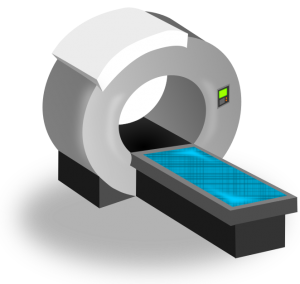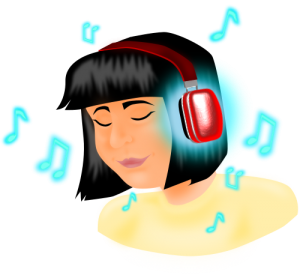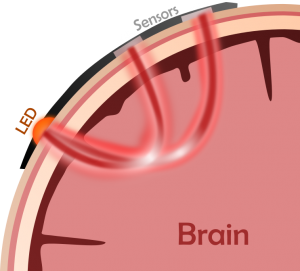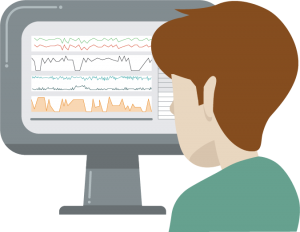This study examined past CT scan information and compared it to data representing the patient’s function prior to and following a traumatic brain injury (TBI). It compared this data to the severity of the TBI sustained in order to determine an algorithm for predicting the child’s functioning following injury. The goal of this study was to select an analysis tool that can read CT scans and compare patterns, providing the clinicians with the ability to better assess the outcome of patient recovery.
Lab members involved in the study:




